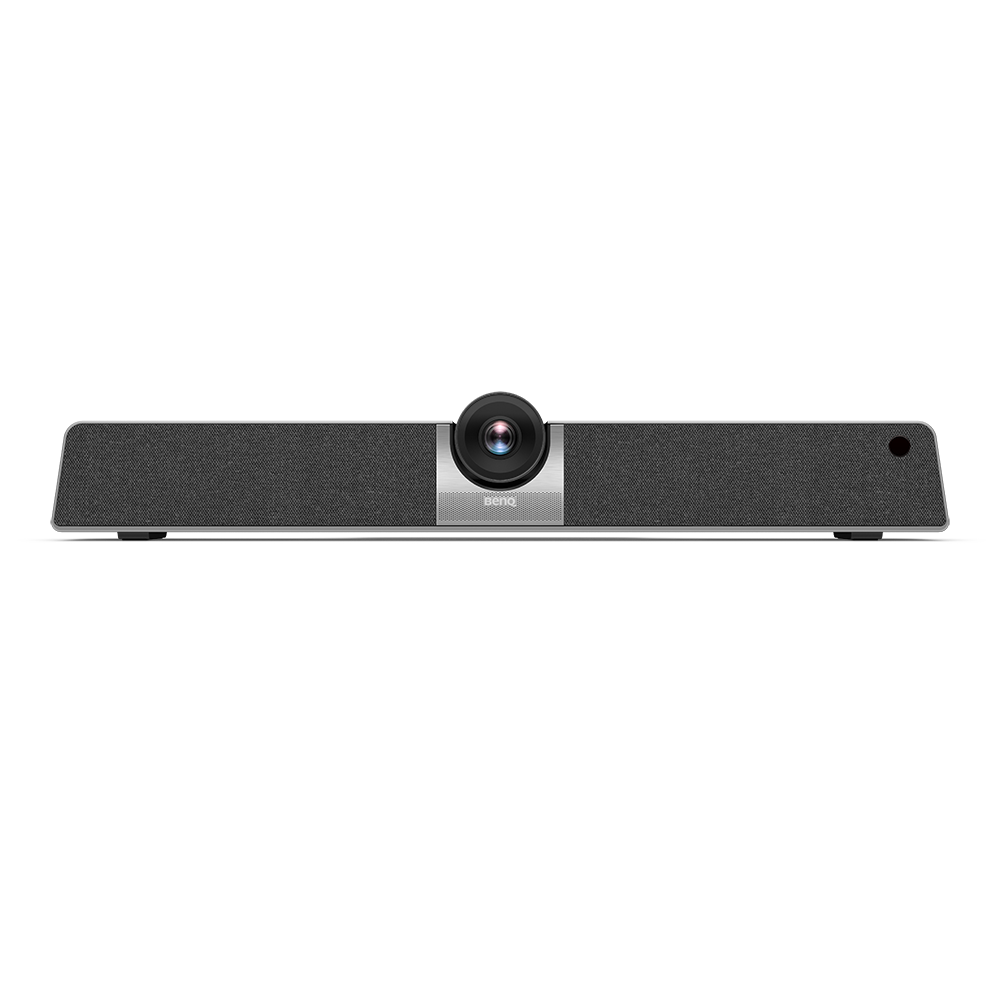Studies have repeatedly shown that active learning is the most effective method for all types of young learners1. Interactive flat panels are a great tool to facilitate active learning in the classroom that teachers can easily incorporate and shape their lessons around.


What is an interactive display?
Interactive displays are touch-sensitive screens that are becoming increasingly common focal points of classrooms, meeting rooms, and other school and office spaces. They are essentially large-scale tablets that enable flexible collaboration and easy presentations among groups of all sizes.
Features of an interactive display
The defining features of an interactive display vary among industries. While smart classrooms require trusty tools for hands-on learning, corporate users particularly look for device compatibility and flexible ways to present.
In general, interactive displays are powered by a built-in operating system that offers all the functions of a TV-sized tablet. These tend to include an internet browser, a media player, whiteboarding software and annotation tools, as well as other apps.
Interactive displays usually come out of the box with speakers and microphones. Most also support both wired and wireless screen sharing for presentations, and can often be paired with peripherals like webcams to enable videoconferencing.
Difference between an interactive screen and an interactive display
Vaguely defined by a varying collection of features, interactive displays go by many names. Among these is interactive screen, more redundantly known as an interactive touch screen
Interactive screen and interactive display are terms that technically refer to the same type of device and can be used interchangeably. However, they often describe screens used for different purposes and in different scenarios.
Interactive screen is a broad term for panels made interactive through any type of touch technology. It can apply to anything from the small touchscreens on office copy machines to the large interactive panels used in places like exhibition halls.
Interactive displays, on the other hand, most commonly refer to large-scale panels that are anywhere from 55 to 98 inches. These screens tend to detect touch in a manner that feels natural and intuitive to the user.
As interactive displays are primarily designed for smart classrooms and meeting rooms, they come equipped with tools that enable content sharing, presentations, and group discussions.




Interactive display for education: The foundation for active learning classrooms
Interactive displays in classrooms
Interactive Flat Panels for education are built to be the centerpiece of active learning classrooms. The best displays on the market are packed with tools that help teachers of all grades and subjects give engaging lessons
Being sturdy panels with multiple touch points, interactive displays foster active participation by allowing many students to work on the board at the same time when doing research, solving problems, or presenting topics. The ability to wirelessly share content from personal devices and interact with the board from their seats means students can have a hands-on learning experience at all times.
Tips for using an interactive display for schools
To get the most out of an interactive display in the classroom, teachers should start by not setting any limits to their creativity when putting together lessons. The built-in apps and tools can be employed to center classes around exploration, research, and active participation
Teachers can use whiteboarding software as the starting point, a blank canvas on which they can develop topics and have discussions with students. Maximize understanding and engagement by inserting files from the browser, bringing in images from the internet, or embedding videos. To give an example, after discussing the possibility of rivers flowing northward and having students write their arguments on the whiteboard, teachers can insert an educational video explaining the flow of the Nile.
Learn more about whiteboarding software for interactive displays.
An ideal active learning solution: BenQ interactive display
BenQ Smart Boards are interactive displays for education designed to enable active learning environments. Schools looking to incorporate interactive displays into their smart classrooms are largely choosing the BenQ Board Pro interactive display
The sturdy BenQ Board Pro is carefully assembled with tempered glass to handle rough play from the youngest of learners. Its screen detects up to 40 touch points, making it ideal for groups of students that need to work together on the board at the same time.
All BenQ Boards come with EZWrite, a powerful whiteboarding software that helps teachers give effective lessons on any subject. Using the tool-packed whiteboard makes classes fun, flexible, and engaging, especially when students take the lead in flipped classroom style or compete against each other in educational games.
The ability to simultaneously share up to nine device screens wirelessly also enables discussions, presentations, and other group activities that encourage all students to take an active part in their education. Crystal-clear visuals and Dolby Digital Plus sound make the active learning experience even more attractive for everyone.
To find out which interactive display is right for your school, reach out to a BenQ education expert today.
References
1. Freeman, S. (2014) Active learning increases student performance in science ... - PNAS. Available at: https://www.pnas.org/doi/10.1073/pnas.1319030111 (Accessed: November 23, 2022).



